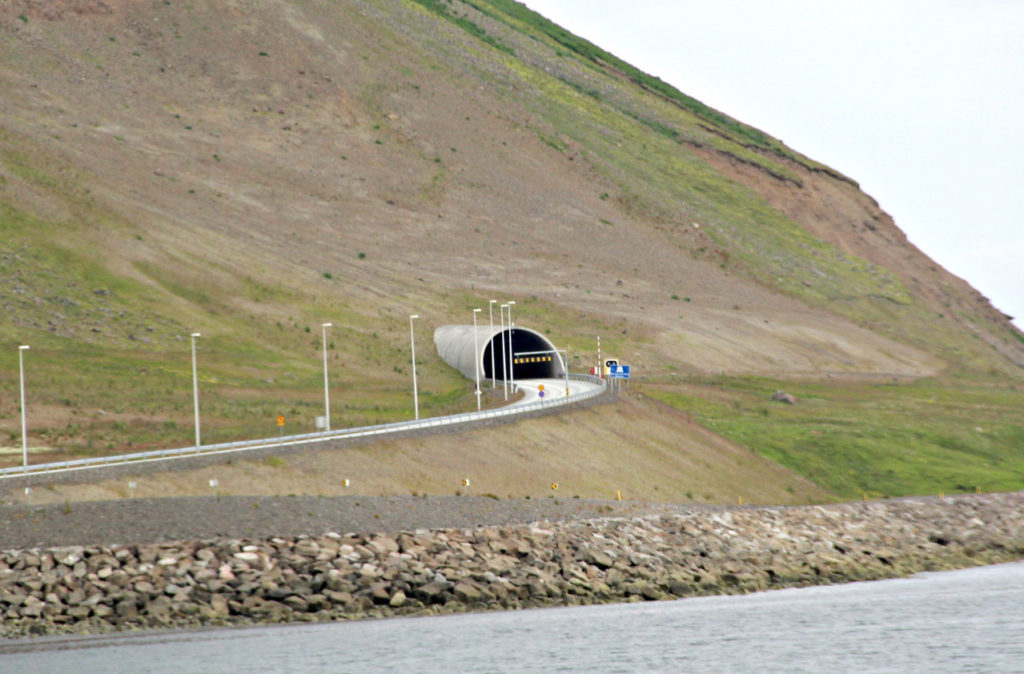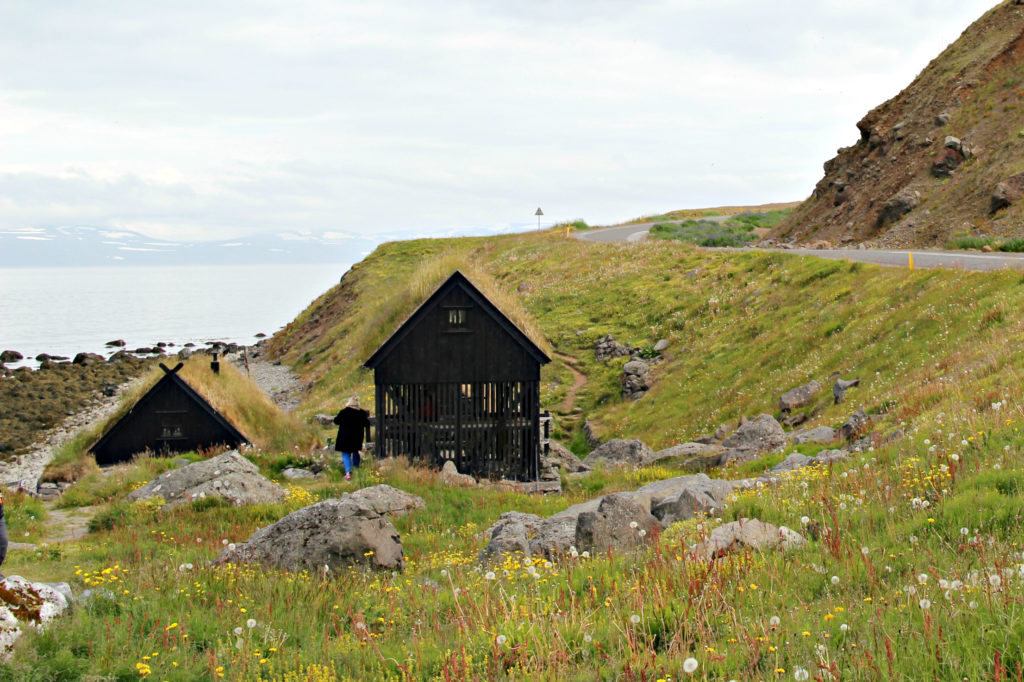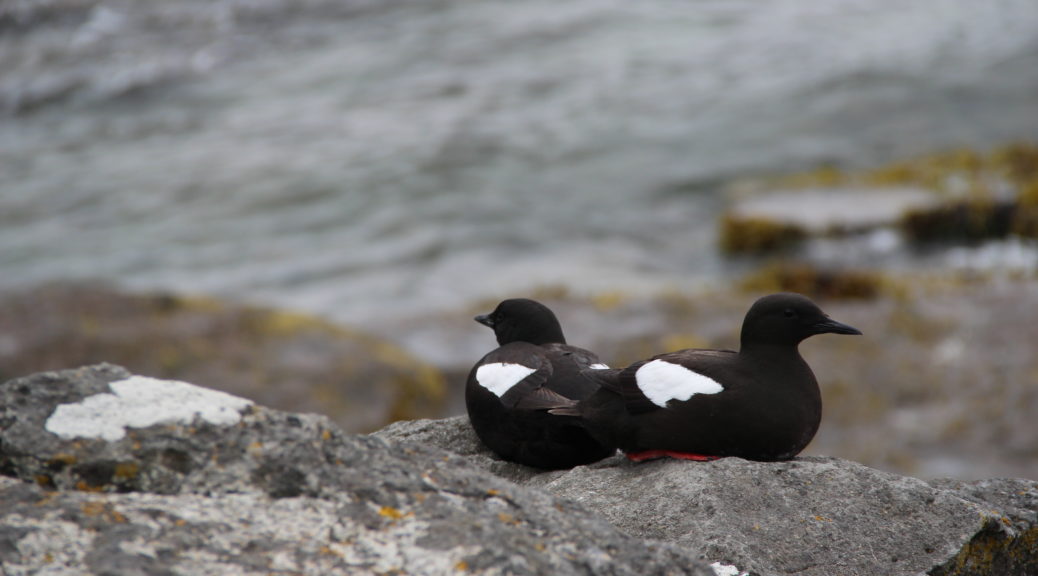
Isafjordur and Vigur Island
In the first picture below, we are on our way to the village of Isafjordur which lies in the Skutulsjordur Fjord. It has a population of about 2,500 and is a fishing village. After docking, we took a small boat to Vigur Island. There was beautiful scenery including mountains and a volcano. The volcano has a flat top; volcanoes of this type are sometimes called table mountains. They form when lava erupts through a glacier. The last picture is of our approach to Vigur Island.
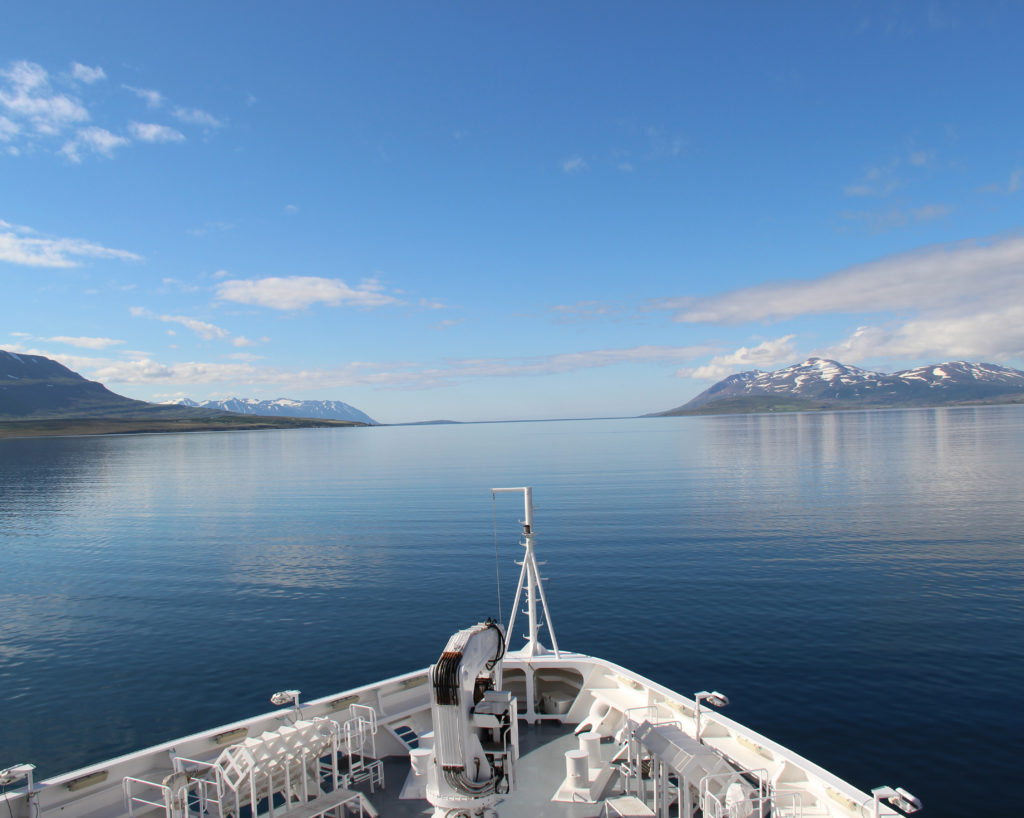
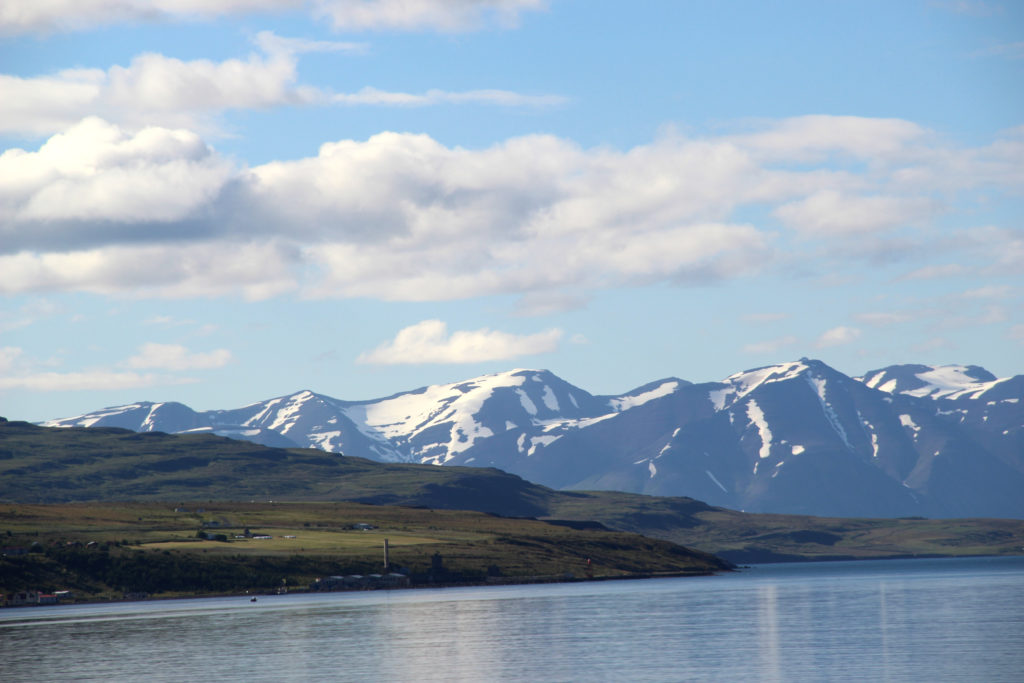
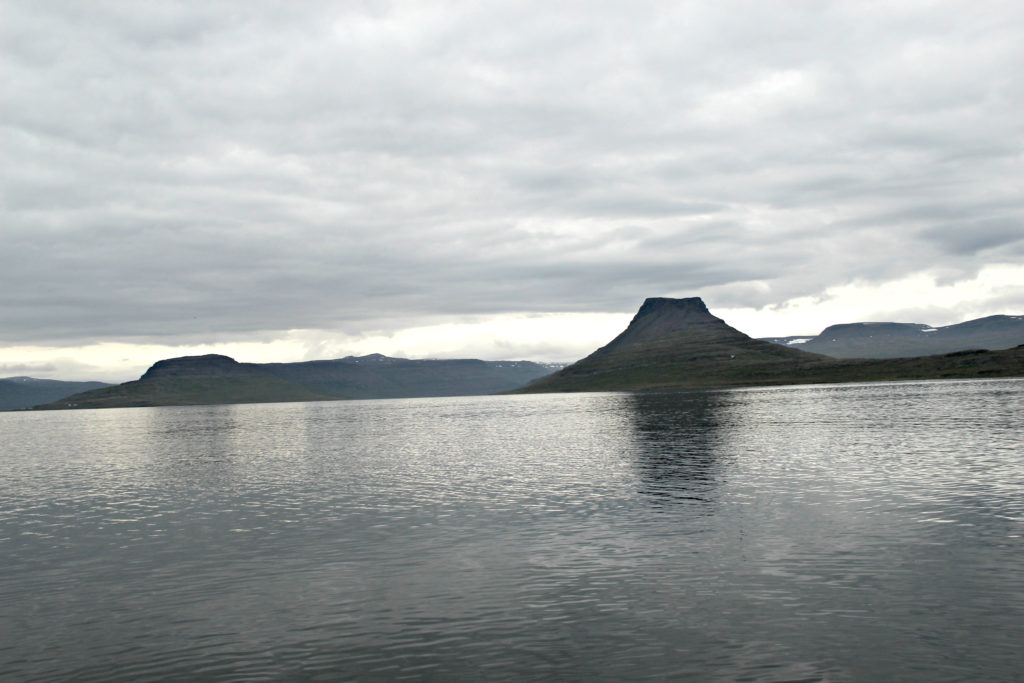
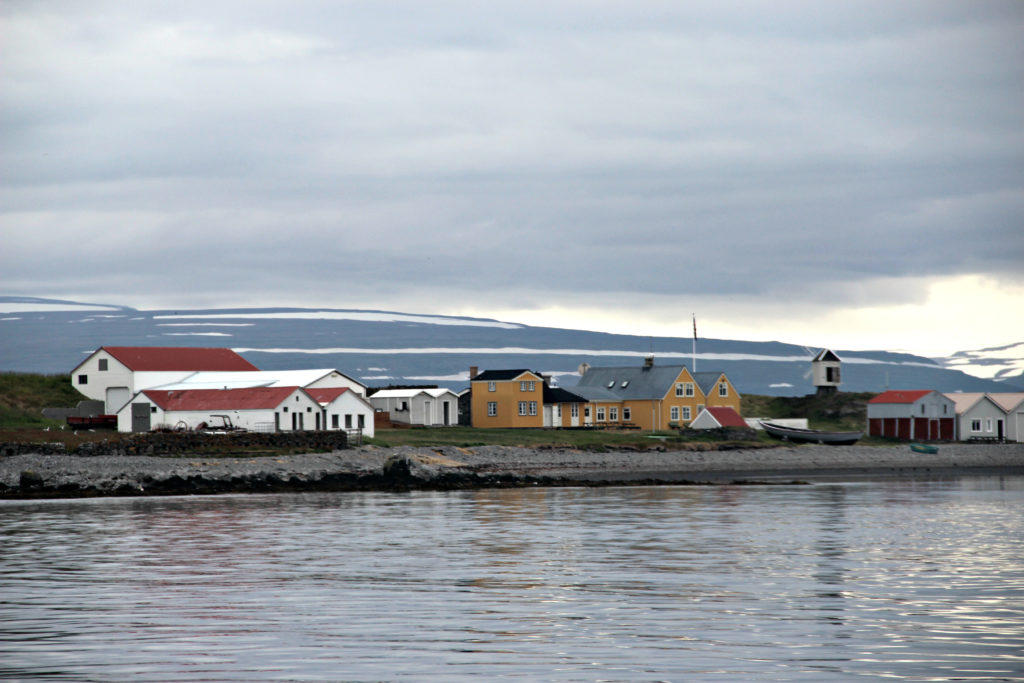
Vigur Island has been owned by the same family for four generations. They earn their money from tourists, puffin-hunting (yes, Icelanders eat puffins!) and collecting down feathers from eider duck nests. As we hiked around Vigur Island, we saw many Arctic terns. They are very protective of their young and can be aggressive if they feel their chicks are threatened. Because we were walking near some of their nests, we carried sticks with flags on top so that terns would attack the flags rather than our heads. The picture of a single bird is an Arctic tern that was taken by the photographer from L’Austral. The black and white birds on the stone wall are black guillemots. They belong to the same family of birds as puffins. Finally, we saw eider. At nesting time, the female eider plucks down feathers from her chest to line the nest. After the baby chick leaves the nest, farmers collect the down which is used to make quilts, pillows, etc. A pound of eiderdown is said to be worth $1,000 making these items very expensive.

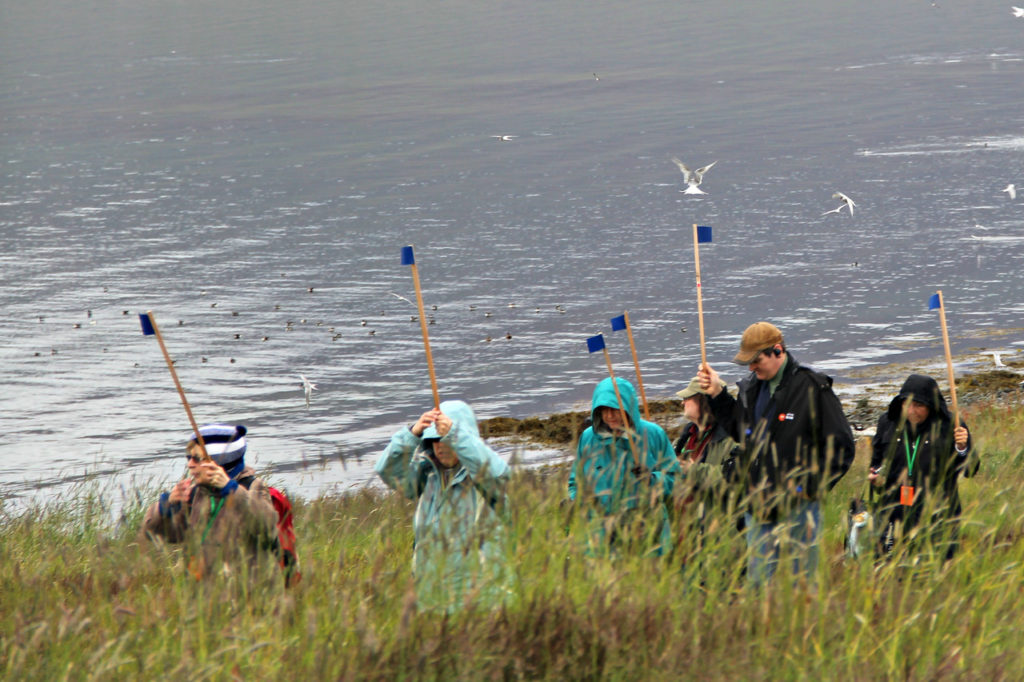
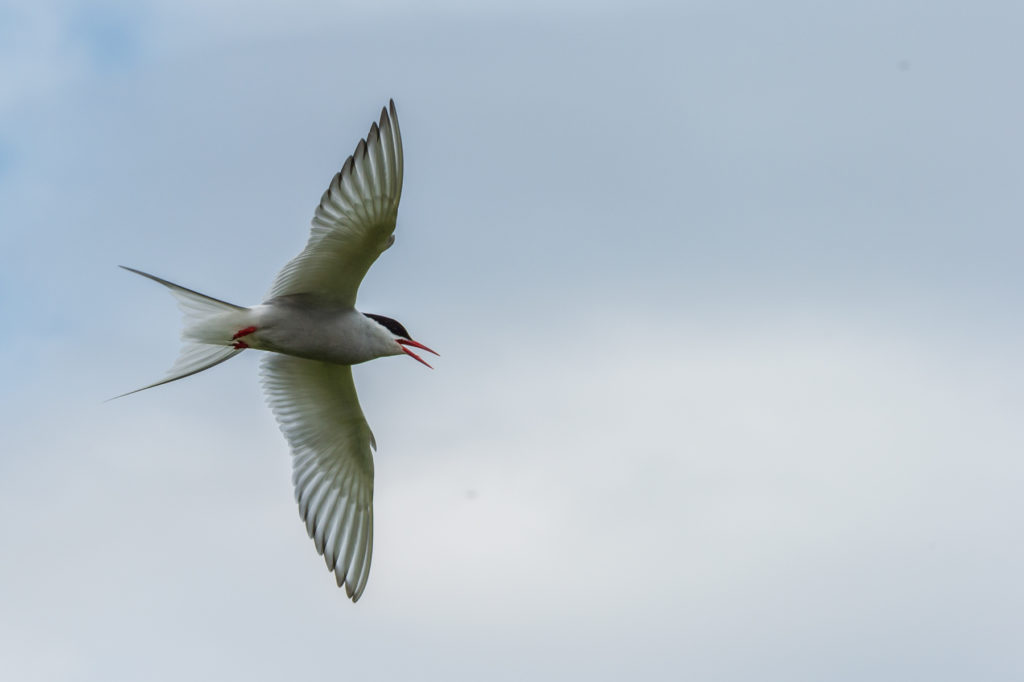
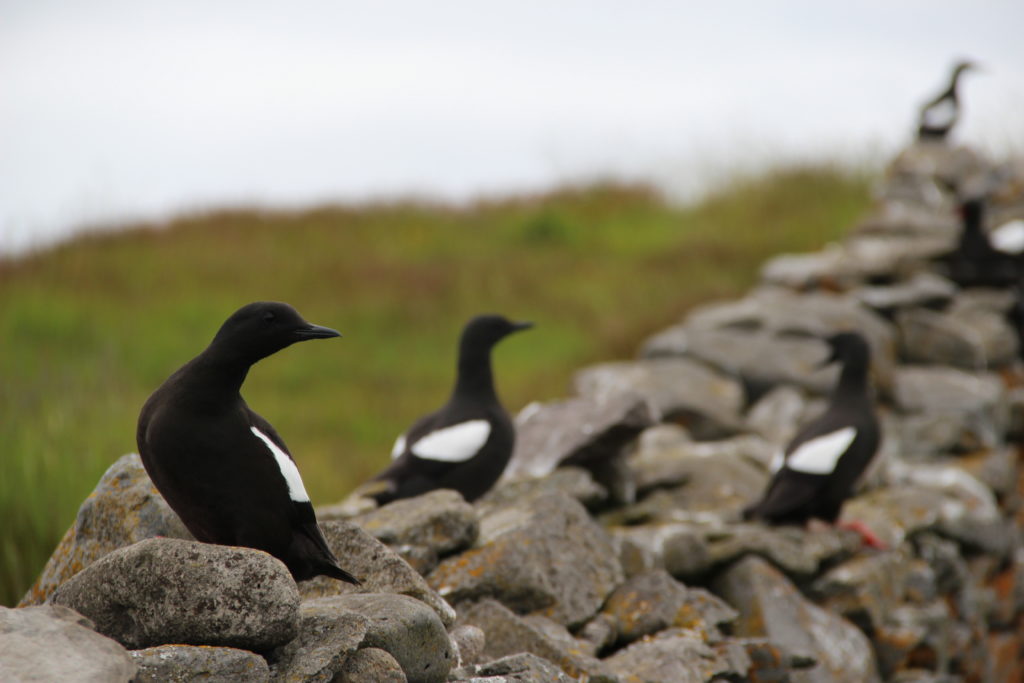


After we returned from Vigur Island, we drove to Osvor where we visited a fishing museum. On our way, we went through a tunnel, a picture of which is below. The picture is nothing special, but our local guide told a very interesting story about the tunnel. It was built to bypass a dangerous road that had resulted in many accidents and deaths. The mayor pushed for quick construction of the tunnel. Then the story gets interesting . . . supposedly the mayor did not negotiate with local elves before construction began. This resulted in mechanical breakdowns and injuries to workers. The mayor made an apology to the elves on national television. This was followed by negotiation with the elves and ultimately the successful completion of the tunnel. We heard stories about elves and trolls a few times during our trip. There are books about elves in Iceland and stories on the internet. They are worth checking out! I have also included a picture of three little houses. When one sees a sign like this, it signals that elves live in the area and should not be disturbed.
The Osvor Maritime Museum included a 19th Century salt house, fish sheds, a fish drying area, housing for fishermen and a rowing boat. The roofs of the structures were made of moss. A curator dressed in traditional gear spoke to us about fishing practices from the time period.
